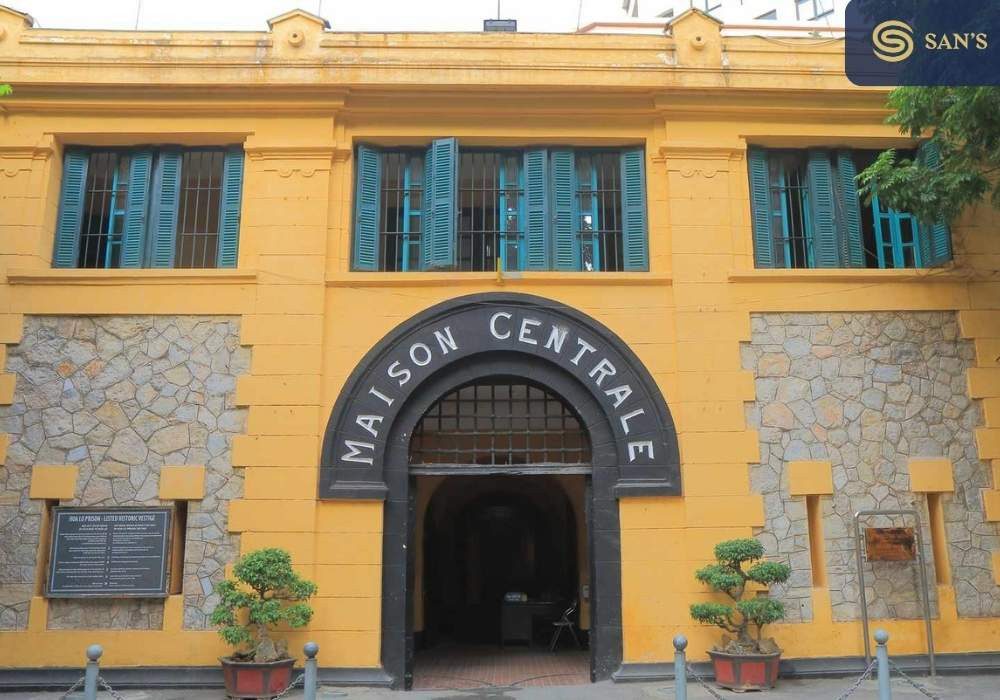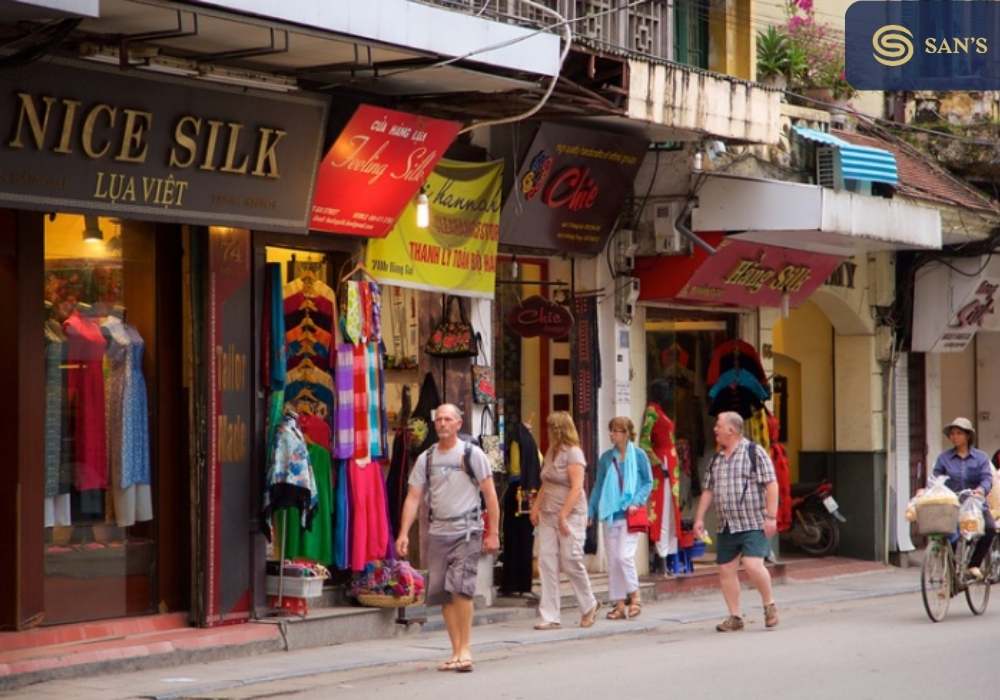Hanoi is a captivating blend of ancient and modern elements, boasting a wealth of historical sites. Each corner of the city tells a tale of its rich past, embodied in its architecture and cultural landmarks. We’ll unveil the “Top 5 Historical Destinations in Hanoi,” exploring iconic locations that serve as the backdrop to the city’s most compelling historical narratives.
Top 5 Historical Destinations in Hanoi
1/The Imperial Citadel of Thang Long
Historical Background and Significance

The Imperial Citadel of Thang Long stands as a magnificent symbol of Hanoi’s enduring spirit. Established in the 11th century, it encapsulates a millennium of history, marked by royal dynasties, invasions, and reconstructions. The site, declared a UNESCO World Heritage in 2010, showcases the city’s architectural, cultural, and political evolution.
Major Attractions and What Makes It Unique
This Citadel is replete with palaces, royal tombs, and gardens, presenting a harmonious blend of Vietnamese, Chinese, and French architectural designs. The intricately designed Hau Lau (Princess’ Palace), and the ancient stone artefacts, are amongst the highlights, narrating tales of imperial extravagance and historical significance.
Travel Tips and Visitor Information
Visitors are advised to explore the Citadel with a guide to fully immerse in its historical essence. Morning visits are recommended for a serene experience, with the site being open from Tuesday to Sunday.
2/Ho Chi Minh Mausoleum
The Mausoleum is the eternal resting place of Ho Chi Minh, Vietnam’s revered leader. This architectural masterpiece is not just a memorial but a testimony to a man who shaped the nation’s modern history.

B. A Walkthrough of the Exhibits and Surrounding Areas
A tour offers insights into Ho Chi Minh’s life and legacy, showcased through exhibits and the preserved simplicity of his living quarters. The changing of guards ceremony is a significant attraction.
C. Insights for Visitors
The best time to visit is during the cooler months, and visitors must adhere to a respectful dress code and decorum, given the site’s sanctity.
3/The Temple of Literature

A. Dive into Its Inception and Evolution Over the Years
Established in 1070, the Temple of Literature dedicates itself to Confucius and scholars. It stands as Vietnam’s first university, boasting well-preserved architecture and a serene ambiance.
B. Exploring the Architecture and Inscriptions
The five courtyards, each with unique structures and inscriptions, narrate scholarly traditions. The Doctor’s Stone Steles exhibit, displaying names of exceptional scholars, is a highlight.
C. Visitor Tips
Guided tours offer enriched experiences, and visitors can also explore nearby attractions, such as the Presidential Palace and One Pillar Pagoda.
4/The Old Quarter

A. A Peek into the History and Development of the Old Quarter
A maze of streets over a millennium old, the Old Quarter encapsulates Hanoi’s historical and cultural vibrance, marked by colonial architecture, traditional shops, and street food vendors.
B. Top Historical Spots and Streets in the Area
Each street, named after the traditional goods once sold there, has its unique allure. The Bach Ma Temple and Dong Xuan Market are among the must-visit spots.
C. Advice for Explorers
Visitors should indulge in the eclectic shopping, savor the street food, and perhaps take a guided walking tour for a deep dive into the area’s history.
5/The Hoa Lo Prison Museum

A. Background of the Prison and Its Role in Vietnam’s History
Built by the French colonists, Hoa Lo Prison, also known as the “Hanoi Hilton,” has a grim history. It housed Vietnamese revolutionaries and American POWs.
B. Exhibits and Areas of Interest Within the Museum
The museum displays artefacts, photographs, and exhibits that narrate tales of imprisonment, torture, and resilience, offering a haunting yet enlightening experience.
C. Tips for Visitors
Open daily, the best time to visit is weekday mornings for a less crowded experience. Visitors should allot 1-2 hours for a thorough exploration of the museum’s poignant exhibits.
Comment (0)